Rising Demand for Unique Flavors
The fruit beer market is experiencing a notable shift towards unique and exotic flavors, driven by consumer preferences for innovative taste experiences. As craft breweries continue to experiment with various fruits, the market is likely to see an increase in offerings that include tropical fruits, berries, and even herbs. This trend is supported by data indicating that flavored beers accounted for approximately 25% of the overall beer market in the US in 2023. The fruit beer market is thus positioned to capitalize on this growing demand for distinctive flavors, appealing to adventurous consumers seeking new taste sensations.
Expansion of Distribution Channels
The fruit beer market is benefiting from the expansion of distribution channels, which enhances accessibility for consumers. With the rise of e-commerce and direct-to-consumer sales, breweries are finding new ways to reach their target audience. In 2023, online sales of alcoholic beverages increased by 20%, indicating a shift in consumer purchasing behavior. This trend allows the fruit beer market to tap into a broader customer base, particularly among younger consumers who prefer the convenience of online shopping. As distribution channels continue to evolve, the market is likely to see increased sales and brand visibility.
Increased Popularity of Low-Alcohol Options
The fruit beer market is witnessing a surge in the popularity of low-alcohol beverages, as consumers become more health-conscious and seek alternatives to traditional high-alcohol beers. This trend aligns with a broader movement towards moderation in alcohol consumption, particularly among younger demographics. In 2023, low-alcohol beers represented around 15% of the total beer market in the US, indicating a significant opportunity for fruit beer producers to develop products that cater to this demand. The fruit beer market can leverage this trend by offering refreshing, flavorful options that maintain lower alcohol content, appealing to a wider audience.
Growing Interest in Local and Sustainable Products
The fruit beer market is increasingly influenced by consumer interest in local and sustainable products. Many consumers are now prioritizing locally sourced ingredients and environmentally friendly production methods. This trend is reflected in the rise of craft breweries that emphasize sustainability in their operations. In 2023, approximately 30% of consumers reported a preference for locally produced beverages, which presents a substantial opportunity for the fruit beer market. By highlighting local fruit sourcing and sustainable practices, breweries can attract environmentally conscious consumers and differentiate their products in a competitive market.
Influence of Social Media and Marketing Strategies
The fruit beer market is significantly impacted by the influence of social media and innovative marketing strategies. Breweries are increasingly utilizing platforms like Instagram and TikTok to engage with consumers and promote their products. This trend is particularly effective in reaching younger demographics, who are more likely to discover new brands through social media. In 2023, approximately 40% of consumers reported that social media influenced their beverage choices. The fruit beer market can harness this trend by creating visually appealing content and interactive campaigns that resonate with consumers, ultimately driving sales and brand loyalty.


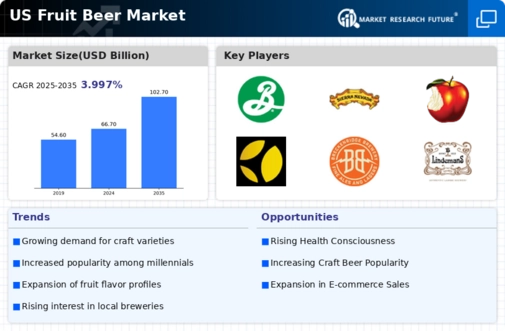

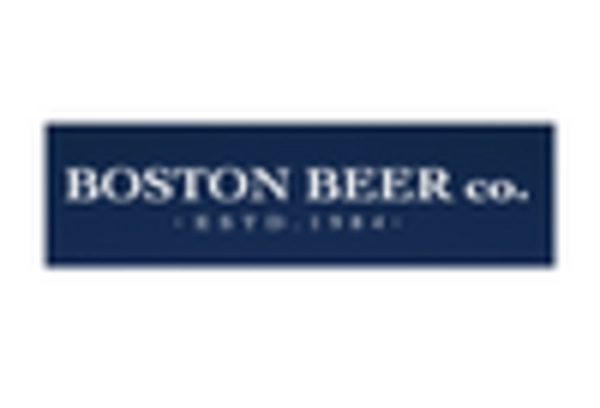

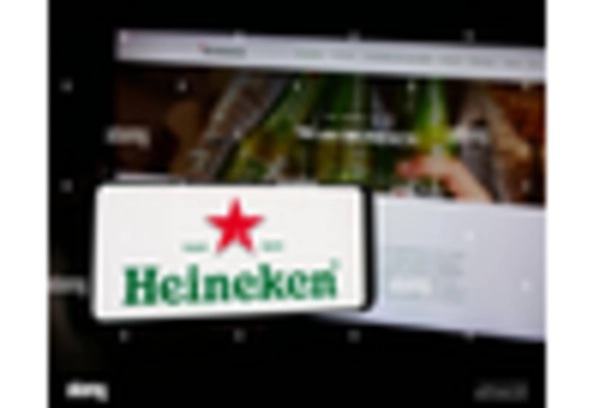
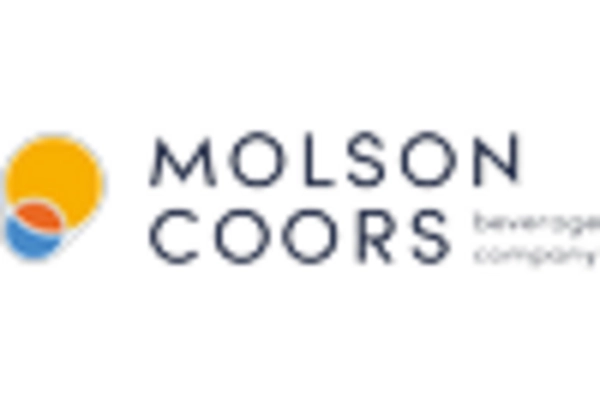
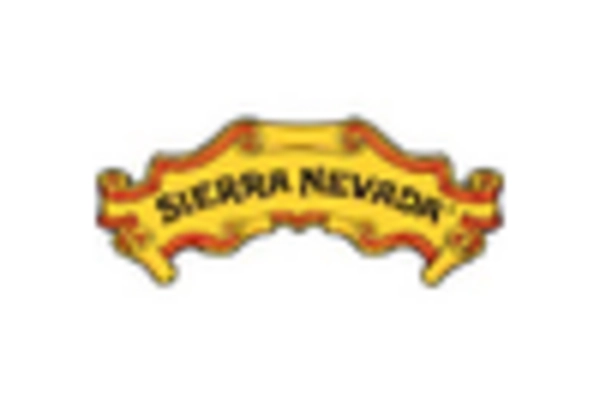








Leave a Comment